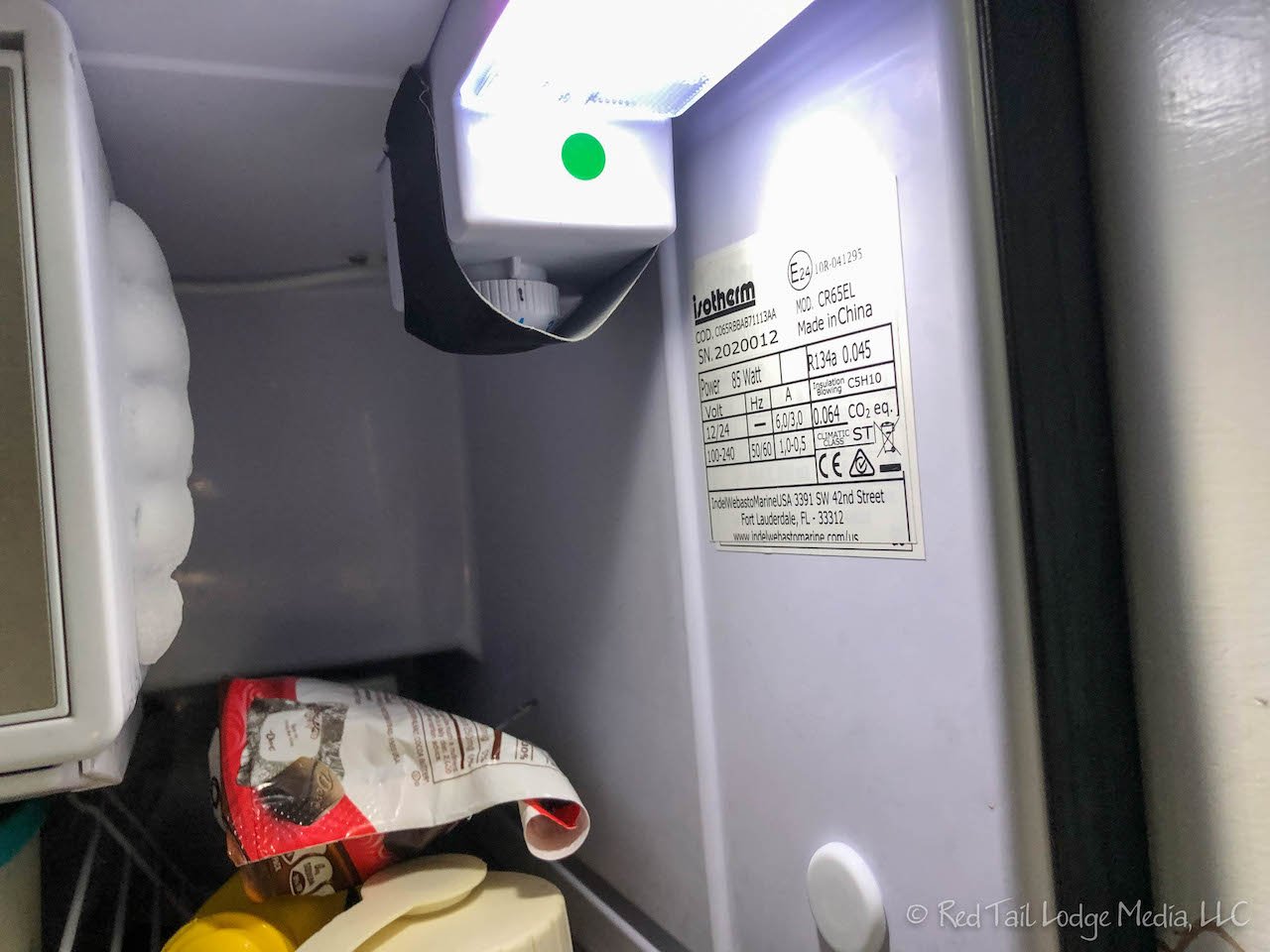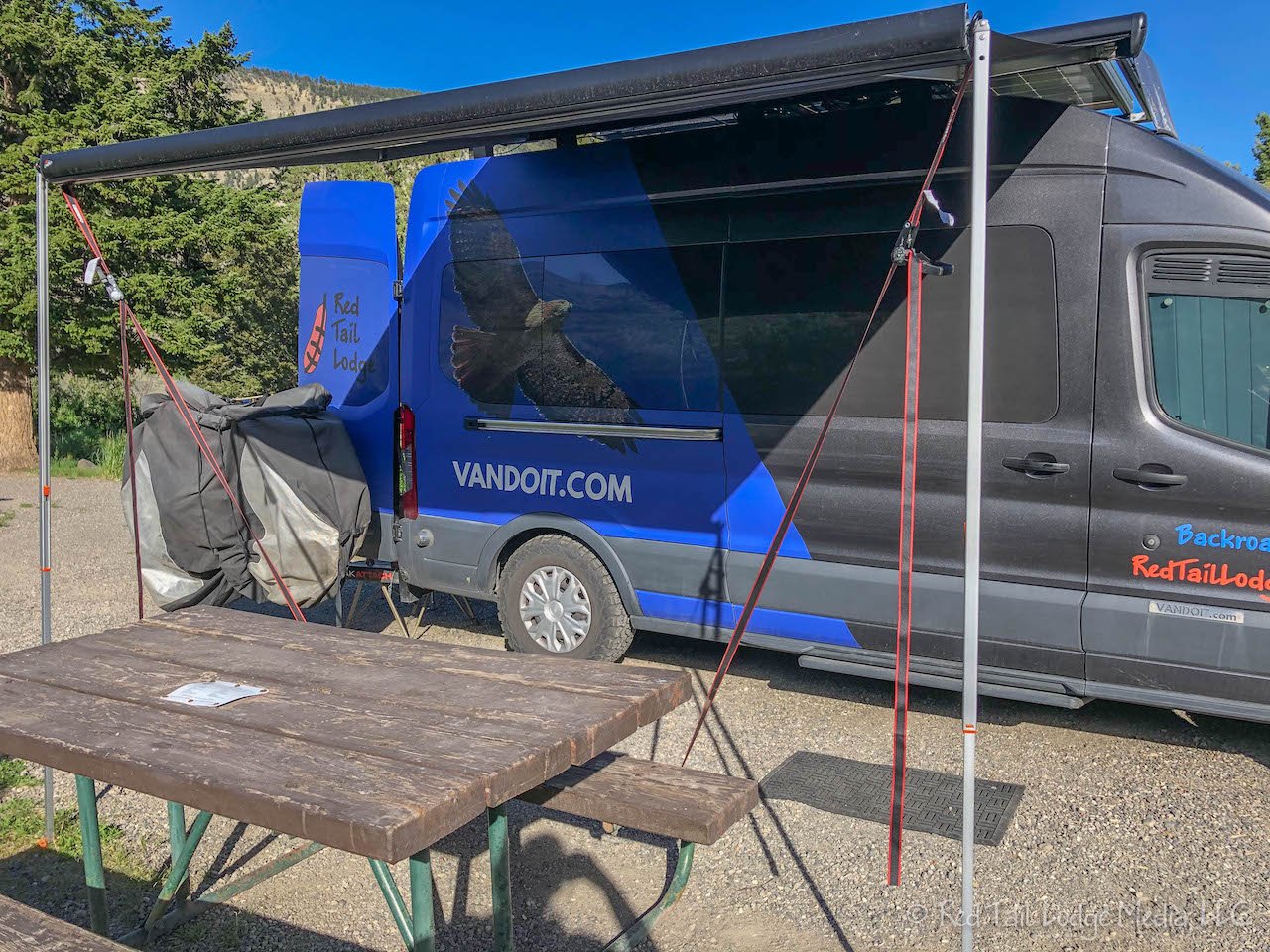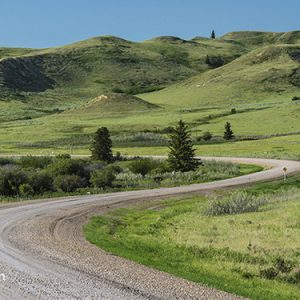
The Ultimate Guide to Southern Backroad Camping: Tips & Tricks
The South. A tapestry woven with Spanish moss, the scent of honeysuckle, and the echoing whisper of history. Beyond the manicured lawns and bustling cities lie countless miles of backroads, beckoning adventurers to explore their untamed beauty. Southern backroad camping offers a unique escape, a chance to reconnect with nature on a deeper level, far from the crowds and the clamor of modern life. But this wilderness requires preparation. This guide unveils the secrets to a safe, memorable, and truly Southern backroad camping adventure.
I. Choosing Your Adventure: Finding the Perfect Spot
Forget crowded campgrounds. The thrill of backroad camping lies in discovering secluded havens, tucked away amongst cypress swamps, rolling hills, or beside crystal-clear streams. However, finding these hidden gems requires careful planning and a dash of intrepid spirit.
-
Utilize Online Resources: Websites like iOverlander, Free Campsites, and The Dyrt offer user-submitted reviews and locations for dispersed camping (camping on public land where permitted). Pay close attention to user comments regarding accessibility and amenities.
-
Embrace the Analog Approach: Old-fashioned maps and atlases, combined with local knowledge gleaned from gas stations or friendly locals, can lead you to unexpected treasures. Don’t be afraid to veer off the beaten path (responsibly!).
-
Respect Private Property: Always obtain permission before camping on private land. A simple phone call or a polite knock on the door can go a long way.
| Resource Type | Pros | Cons |
|---|---|---|
| Online Apps | Wide range of options, user reviews | Reliance on internet connectivity, potential inaccuracies |
| Paper Maps | Reliable offline access, detailed information | Can be less up-to-date, less user reviews |
| Local Knowledge | Insider tips, hidden gems | Requires proactive engagement |
II. Gear Up: Southern Comfort Meets Rugged Resilience
Southern backroad camping presents unique challenges. Swamps, humidity, and unpredictable weather demand careful gear selection.
-
Shelter: A durable tent, capable of withstanding both rain and humidity, is essential. Consider a footprint for added protection from moisture. A lightweight tarp can provide extra shade during the day.
-
Sleeping System: Opt for breathable fabrics to combat humidity. A quality sleeping bag, appropriate for the expected temperatures, is crucial. Consider an inflatable sleeping pad for added comfort.
-
Cooking & Water: A portable camping stove is a must. Don’t forget cookware, utensils, and biodegradable soap. Water purification tablets or a filter are vital; relying on local water sources can be risky.
-
Clothing: Pack layers to adapt to fluctuating temperatures. Lightweight, moisture-wicking fabrics are ideal. Include rain gear and sturdy hiking boots.
-
First-Aid & Safety: A comprehensive first-aid kit is non-negotiable. Include insect repellent (mosquitoes are prevalent!), sunscreen, and any personal medications. A portable charger for your phone is also essential.
III. Navigating the Backroads: Safety First
Safety should always be your top priority when venturing into the backcountry.
-
Inform Someone of Your Plans: Share your itinerary, including your planned route and expected return time, with a trusted friend or family member.
-
Vehicle Preparation: Ensure your vehicle is in good condition. Check tire pressure, fluids, and spare tire. Consider a high-clearance vehicle for rougher terrain.
-
Navigation: Carry multiple maps and a reliable GPS device. Cell service may be spotty or non-existent.
-
Wildlife Awareness: Be aware of local wildlife and take appropriate precautions. Store food properly to avoid attracting animals. Never approach or feed wildlife.
-
Leave No Trace: Pack out everything you pack in. Minimize your impact on the environment and leave the area better than you found it.
IV. Southern Charm: Embracing the Local Experience
Southern backroad camping is more than just pitching a tent; it’s about immersing yourself in the local culture.
-
Visit Local Businesses: Support local economies by purchasing supplies and food from local stores and restaurants.
-
Engage with Locals: Strike up conversations with friendly locals; they often hold a wealth of knowledge about the area.
-
Respect Local Customs and Traditions: Be mindful of local customs and traditions. Show respect for the land and its people.
-
Embrace the Slow Pace: Unplug from technology and embrace the slower pace of life. Take time to appreciate the beauty of your surroundings.
V. Conclusion: A Southern Escape Awaits
Southern backroad camping offers an unparalleled opportunity to connect with nature and experience the unique charm of the Southern landscape. By following these tips and tricks, you can ensure a safe, memorable, and truly unforgettable adventure. So, pack your bags, load up your gear, and prepare to explore the hidden wonders that await you on the backroads of the South.

Additional Information
Delving Deeper into Southern Backroad Camping: An Analytical Exploration
A guide to Southern backroad camping, while providing essential tips and tricks, can benefit from a deeper analytical approach. This expansion addresses key aspects often overlooked, providing a more comprehensive understanding of the experience and its inherent challenges.
I. Environmental Considerations and Responsible Camping:
While the guide likely touches upon Leave No Trace principles, a deeper dive is warranted. The Southern US boasts diverse ecosystems, from Appalachian forests to coastal plains, each with unique sensitivities. For instance:
- Impact of Off-Road Vehicles: The guide should analyze the environmental impact of ORV use, acknowledging potential soil erosion, habitat fragmentation, and disturbance of wildlife. Studies from organizations like the Bureau of Land Management (BLM) could provide data on the negative effects of improper ORV use on vegetation and water quality. This analysis should emphasize responsible driving techniques and choosing appropriate trails.
- Fire Safety and Prevention: Southern states often experience prolonged periods of drought, increasing wildfire risk. The guide should delve into fire safety protocols, exceeding basic guidelines to include factors like wind conditions, fuel moisture content, and the use of fire rings versus open fires. Statistics on wildfire causes and their impacts in the Southern US would add weight to this section.
- Waste Management and Sanitation: Detailed information on proper waste disposal – beyond simply “pack it in, pack it out” – should be included. This includes the proper handling of human waste (cathole techniques, toilet systems), food storage (preventing animal encounters), and the responsible disposal of greywater.
II. Legal and Regulatory Aspects:
Backroad camping isn’t always unrestricted. The guide needs to clarify legal boundaries and responsibilities:
- Land Ownership and Access: The South features a patchwork of public and private lands. Clearly defining access rights on national forests, state parks, and private property is crucial. Including maps or resources illustrating land ownership and access regulations, including specific examples like those found on the BLM website, adds significant value.
- Permits and Fees: Certain areas might require camping permits or entrance fees. The guide should outline how to obtain these permits, noting any potential waiting periods or limitations.
- Regulations Specific to States/Regions: Camping regulations vary widely across the Southern states. A state-by-state breakdown of relevant laws, highlighting differences in fire restrictions, alcohol consumption, and noise levels, adds practical value.
III. Safety and Risk Mitigation:
Beyond basic safety tips, a comprehensive guide should address potential hazards:
- Wildlife Encounters: The Southern US is home to diverse wildlife, some potentially dangerous. A section dedicated to safe wildlife encounters should include specific examples of common animals (bears, snakes, alligators), strategies for preventing encounters, and appropriate responses in case of an incident.
- Navigation and Communication: The guide should go beyond basic GPS use. It should discuss backup navigation methods (maps, compasses), strategies for navigating challenging terrain, and maintaining communication in areas with limited cell service (satellite communication devices, personal locator beacons). Case studies of rescues or near-misses can effectively highlight the importance of preparedness.
- Weather-Related Risks: The South experiences diverse weather patterns, including intense heat, hurricanes, and tornadoes. The guide should include sections detailing how to prepare for these conditions, including the importance of weather monitoring and developing contingency plans.
IV. Advanced Camping Techniques and Gear:
The guide could be enhanced by addressing more advanced topics:
- Vehicle Preparation: Detailed checklists for vehicle maintenance, including tire pressure, spare tire condition, recovery gear, and basic mechanical knowledge.
- Campsite Selection: A detailed discussion on selecting safe and suitable campsites, considering factors like elevation, drainage, proximity to water sources, and fire risk.
- Advanced Cooking Techniques: Exploring more advanced cooking methods for backcountry situations, emphasizing efficiency and minimizing impact.
By incorporating these analytical expansions, a guide to Southern backroad camping transforms from a simple list of tips into a robust resource that prioritizes responsible exploration, safety, and environmental stewardship. The addition of relevant statistics, legal information, and specific examples greatly increases its practical value and contributes to a safer and more enriching experience for its readers.






